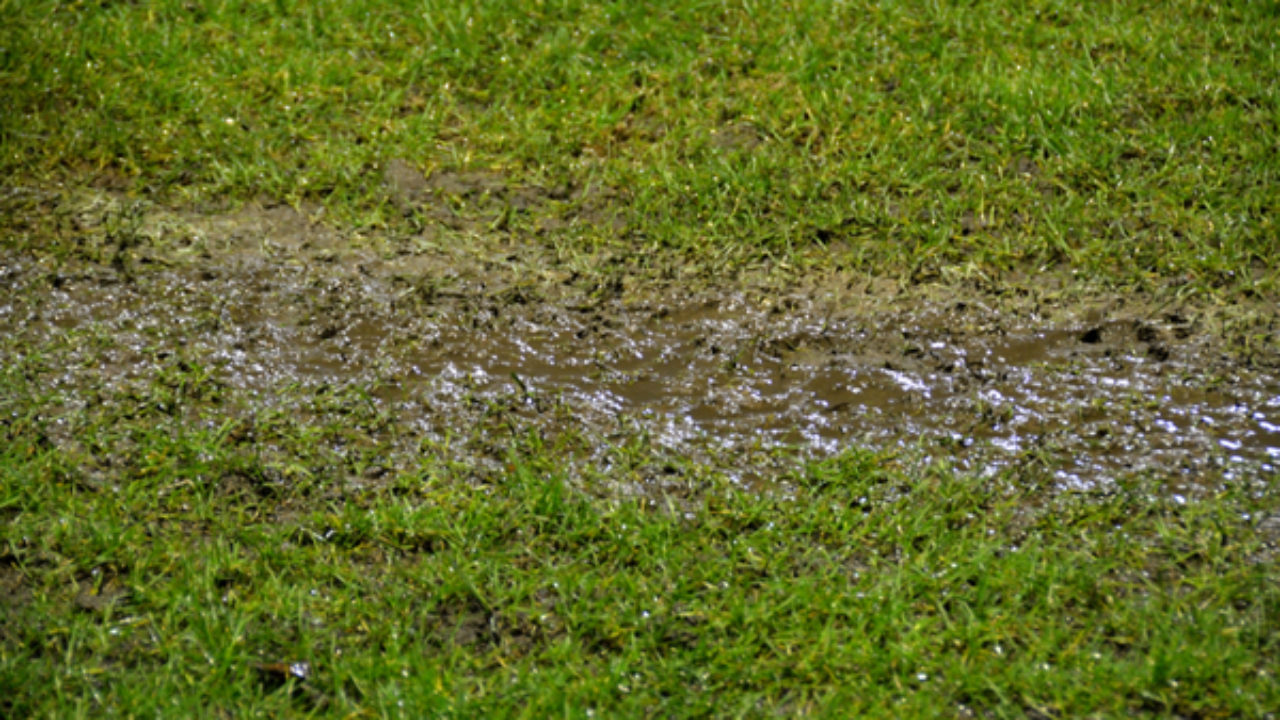They are making a number of great pointers on the subject of Leaking water lines overall in the content underneath.

Early discovery of dripping water lines can alleviate a prospective disaster. Some little water leakages may not be visible.
1. Examine the Water Meter
Every house has a water meter. Examining it is a proven manner in which aids you uncover leakages. For starters, switch off all the water resources. Make certain nobody will certainly flush, make use of the tap, shower, run the washing equipment or dish washer. From there, most likely to the meter as well as watch if it will certainly transform. Considering that nobody is utilizing it, there need to be no motions. If it moves, that indicates a fast-moving leakage. If you spot no adjustments, wait an hour or 2 and examine back again. This suggests you might have a slow leakage that can even be below ground.
2. Inspect Water Intake
Examine your water costs and also track your water consumption. As the one paying it, you need to observe if there are any kind of discrepancies. If you identify sudden changes, in spite of your intake coinciding, it implies that you have leakages in your plumbing system. Bear in mind, your water costs must fall under the same range every month. An abrupt spike in your expense suggests a fast-moving leak.
Meanwhile, a constant boost on a monthly basis, despite the very same habits, reveals you have a slow-moving leak that's likewise gradually rising. Call a plumber to completely inspect your residential property, specifically if you really feel a cozy location on your flooring with piping beneath.
3. Do a Food Coloring Test
When it pertains to water consumption, 30% comes from toilets. Examination to see if they are running correctly. Drop flecks of food shade in the storage tank and wait 10 minutes. There's a leakage between the storage tank as well as dish if the shade somehow infiltrates your bowl during that time without flushing.
4. Asses Outside Lines
Don't forget to check your outside water lines as well. Needs to water leak out of the connection, you have a loosened rubber gasket. One small leakage can lose lots of water and increase your water bill.
5. Assess the situation as well as evaluate
House owners need to make it a practice to examine under the sink counters and also even inside cupboards for any type of bad odor or mold and mildew growth. These two red flags suggest a leakage so punctual focus is called for. Doing routine evaluations, even bi-annually, can conserve you from a significant problem.
If you know your house is currently old, maintain a careful eye on your heaters, tubes, pipes and so on. Look for discolorations and also deteriorating as most pipes as well as home appliances have a life span. They will also normally deteriorate because of tear and also use. If you think dripping water lines in your plumbing system, don't await it to escalate. Call a professional plumber right away so you don't wind up with an awful mess in your home.
Early discovery of leaking water lines can reduce a prospective disaster. Some tiny water leaks might not be noticeable. Inspecting it is a surefire method that helps you uncover leaks. One small leak can throw away lots of water and also spike your water costs.
If you presume dripping water lines in your plumbing system, don't wait for it to intensify.
How to Know If Your Home Has a Hidden Leak
Water Meter Reveals Inexplicable Water Usage
If you’d like to test whether or not there’s a leak somewhere in your home, you can do this using your water meter. Here is how to conduct the test:
Don’t use any water in your home for at least 30 minutes; this also means not turning on faucets or water-using appliances.
Go outside, and check your water meter for activity.
If your water meter shows that there was activity, even though no one was using any water, this proves that there is a leak in your home.Visible Mold or Mildew Growth
Leaks behind walls create moist, dark environments that allow mold and mildew to grow and thrive. Eventually, you might see mold growth forming on the wall closest to a hidden leak.
If mold is growing in an area that receives a high amount of moisture, such as a bathroom, it may simply be an indication that better ventilation is needed. However, if you see mold growth on a wall or the ceiling in an area where you would not expect, you probably have a hidden leak.
Musty, Mildew Odor
Sometimes you might not be able to see the mold or mildew that is growing as a result of a leak. However, the smell can give the problem away just as easily. If you catch a whiff of something musty, there’s a good chance that old water is collecting somewhere in your home that you can’t see.
Stained/Warped Walls, Ceilings, or Floors
When your home soaks up water, a variety of red flags can become visible, including ceiling stains, bubbling drywall, warped walls, and sagging floors. While these issues can be caused by excess humidity, they can also be signs that a pipe or plumbing connection has started leaking behind your walls.
Inexplicably High Water Bill
After a while, you get a general sense for what your water bill should be. If you own a pool or sprinkler system, your bill will tend to be higher during summer. However, if you receive a water bill that seems especially high, and you can’t figure out what caused it, then you may have a hidden leak somewhere that’s increasing your bill.
https://www.plumbingjoint.com/blog/2019/july/how-to-know-if-your-home-has-a-hidden-leak/

I discovered that piece about Locating water leaks when doing research the search engines. I beg you set aside a second to distribute this post if you liked it. Thank-you for taking the time to read it.
Burst issue? Contact.